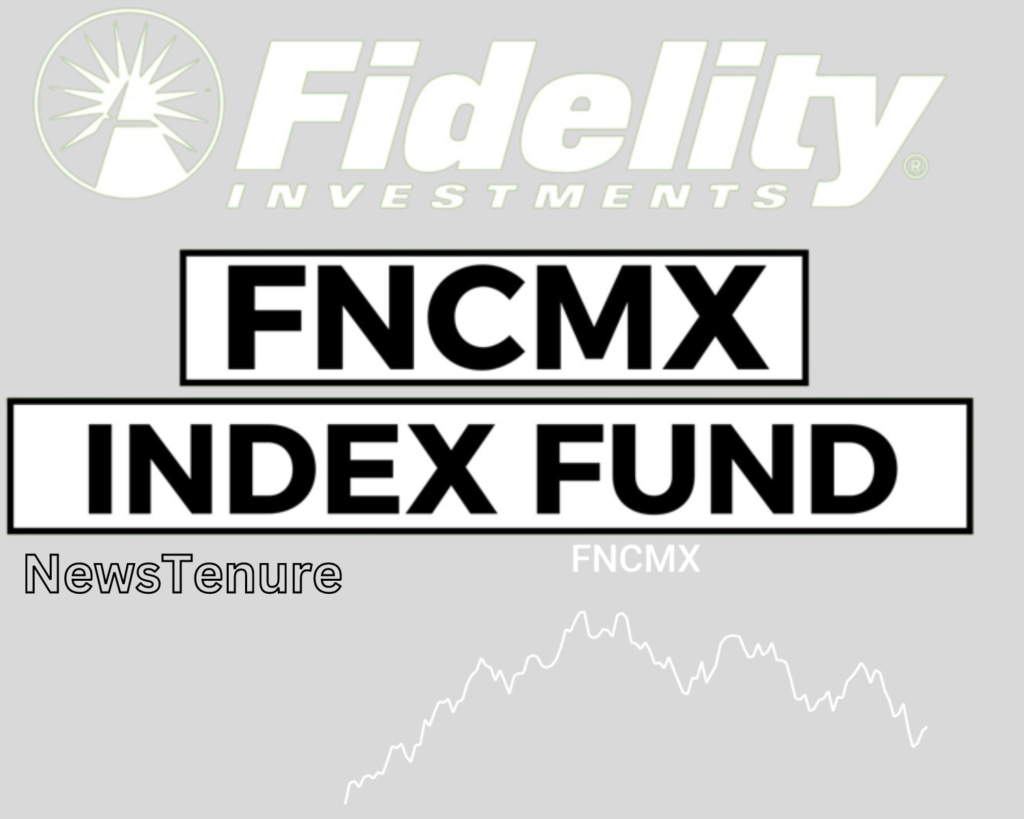In the ever-evolving landscape of financial markets, there is a world of possibilities for those who seek to invest and secure their financial futures. Among the myriad options, one name stands out—Fidelity Contrafund, lovingly known as FNCMX. In this article, we will embark on an emotional journey to explore the world of FNCMX and its fascinating story. We will dive into topics like FNCMX stock, its price, how it compares to QQQ and FXAIX, its holdings, insights from Morningstar, the role of Fidelity, its dividends, and how it measures up against ONEQ. So, let’s begin our adventure through the world of FNCMX. Navigating the World of Investments:
The Birth of FNCMX
Imagine a world where your investments could grow and flourish like a well-tended garden. Fidelity Contrafund (FNCMX) was established with precisely that vision in mind. It was born in 1967, and since then, it has been a go-to choice for investors who believe in the power of active management.
FNCMX Stock and Its Journey
FNCMX stock, like a rollercoaster, has had its ups and downs. It’s essential to keep an eye on its performance and history before making any investment decisions. FNCMX is known for its commitment to growth, and over the years, it has exhibited impressive results. This growth-oriented fund invests in both U.S. and foreign stocks and has a solid track record.
The FNCMX Stock Price
The price of FNCMX stock is an essential metric for investors. It gives insights into the fund’s value and its performance. Over time, FNCMX stock price has seen increases and corrections, reflecting the natural ebb and flow of the market. It’s crucial for investors to stay updated on its price to make informed decisions.
FNCMX vs. QQQ: A Showdown
Now, let’s talk about the showdown between FNCMX and QQQ (Invesco QQQ Trust). QQQ is an exchange-traded fund (ETF) that tracks the Nasdaq-100 Index. On the other hand, FNCMX is an actively managed mutual fund. The key difference lies in their management styles. While FNCMX is managed by a team of experts who actively make investment decisions, QQQ aims to replicate the performance of its benchmark index passively. This means FNCMX may offer more flexibility and adaptability in its investment strategy.
FNCMX vs. FXAIX: A Battle of Titans
If you’re considering FNCMX, you might also want to compare it to FXAIX (Fidelity 500 Index Fund). FXAIX is a passively managed fund that seeks to replicate the performance of the S&P 500 Index. While both FNCMX and FXAIX have their strengths, it’s essential to understand your investment goals and risk tolerance to make the right choice.
FNCMX Holdings: The Building Blocks
FNCMX holdings are a crucial element that shapes its performance. The fund invests in a diversified portfolio of stocks, which can include both domestic and international companies. It aims to identify companies with strong growth potential and capitalizes on them.
Insights from Morningstar
To get an emotional boost and some reassurance in your investment decisions, it’s always helpful to turn to trusted sources like Morningstar. Their insights and ratings on FNCMX can provide valuable guidance and help you understand the fund’s risk and return profile.
Fidelity’s Role in FNCMX
Fidelity, one of the most renowned names in the investment industry, plays a pivotal role in managing FNCMX. They provide the expertise and resources needed to make informed investment decisions and steer the fund toward growth and success.
FNCMX Dividend: Your Share of the Pie
Investing isn’t just about watching numbers on a screen; it’s about reaping the rewards. FNCMX offers dividends to its investors. This regular income can be a comforting and emotional incentive, allowing you to enjoy the fruits of your investment.
ONEQ vs. FNCMX: Comparing Two Giants
ONEQ (Fidelity Nasdaq Composite Index Fund) is another formidable competitor. Like FNCMX, it also focuses on the Nasdaq Composite Index. However, the key difference lies in their management style. ONEQ follows a passive strategy, while FNCMX relies on active management. Your choice depends on your preference for active or passive management.
In Conclusion
The world of investments is like a vast ocean, full of exciting opportunities. Fidelity Contrafund (FNCMX) is one such opportunity, promising growth and financial well-being. Its journey, performance, and the emotional rewards it offers make it a compelling choice for many investors. But remember, every investment decision should be made based on your goals, risk tolerance, and financial situation. So, dive into the world of FNCMX with excitement, but also with caution, and watch your investments flourish like a beautiful garden.
FAQs
1. What is the historical performance of FNCMX?
Fidelity Contrafund (FNCMX) has a strong historical performance, with a focus on long-term growth. It’s essential to review its performance over several years to get a clear picture of its track record.
2. Can I invest in FNCMX through a Fidelity account?
Yes, FNCMX is available to investors through Fidelity brokerage accounts. You can buy and manage your investments in FNCMX through your Fidelity account.
3. How often does FNCMX pay dividends?
FNCMX pays dividends on a semi-annual basis. Investors receive their share of the fund’s earnings, providing a source of regular income.
4. What is the minimum investment required for FNCMX?
The minimum investment required for FNCMX may vary depending on the type of account you open with Fidelity. It’s advisable to check with Fidelity for the specific requirements.
5. Can I switch from FNCMX to another Fidelity fund?
Yes, Fidelity allows investors to switch between their mutual funds, including moving from FNCMX to another fund that aligns better with their investment goals and preferences.




